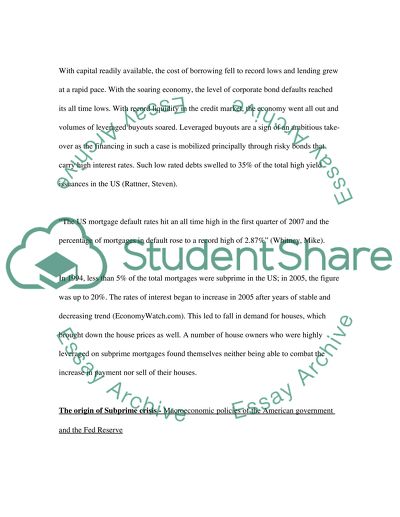Cite this document
(Macroeconomic Policies Regulation Report Example | Topics and Well Written Essays - 1500 words - 2, n.d.)
Macroeconomic Policies Regulation Report Example | Topics and Well Written Essays - 1500 words - 2. https://studentshare.org/macro-microeconomics/1554225-economics-for-business
Macroeconomic Policies Regulation Report Example | Topics and Well Written Essays - 1500 words - 2. https://studentshare.org/macro-microeconomics/1554225-economics-for-business
(Macroeconomic Policies Regulation Report Example | Topics and Well Written Essays - 1500 Words - 2)
Macroeconomic Policies Regulation Report Example | Topics and Well Written Essays - 1500 Words - 2. https://studentshare.org/macro-microeconomics/1554225-economics-for-business.
Macroeconomic Policies Regulation Report Example | Topics and Well Written Essays - 1500 Words - 2. https://studentshare.org/macro-microeconomics/1554225-economics-for-business.
“Macroeconomic Policies Regulation Report Example | Topics and Well Written Essays - 1500 Words - 2”. https://studentshare.org/macro-microeconomics/1554225-economics-for-business.


